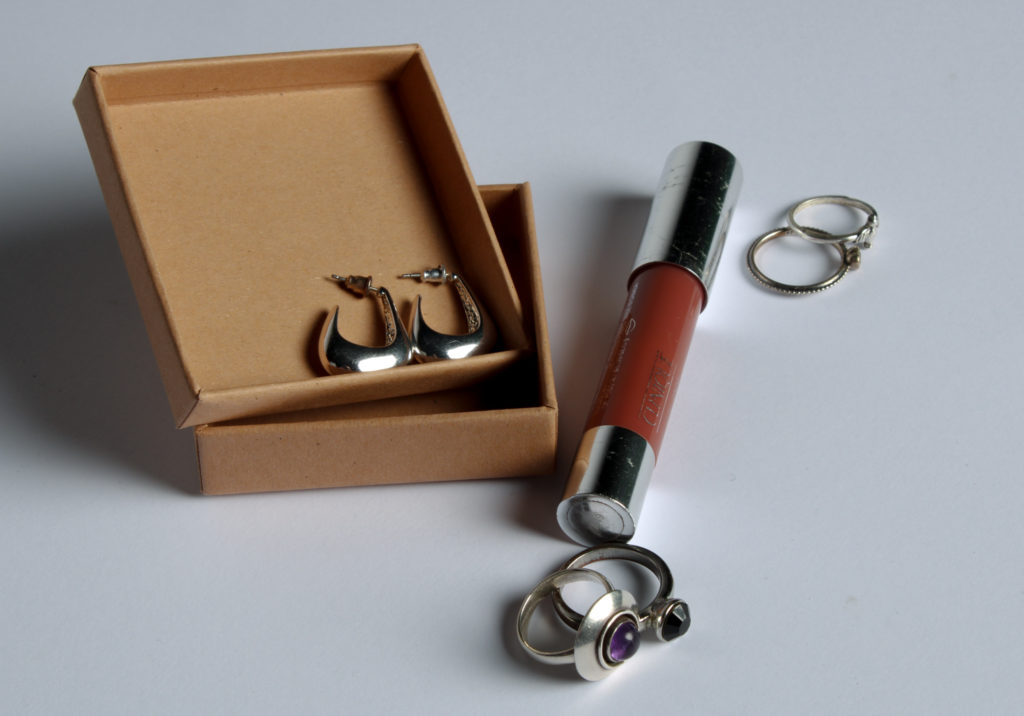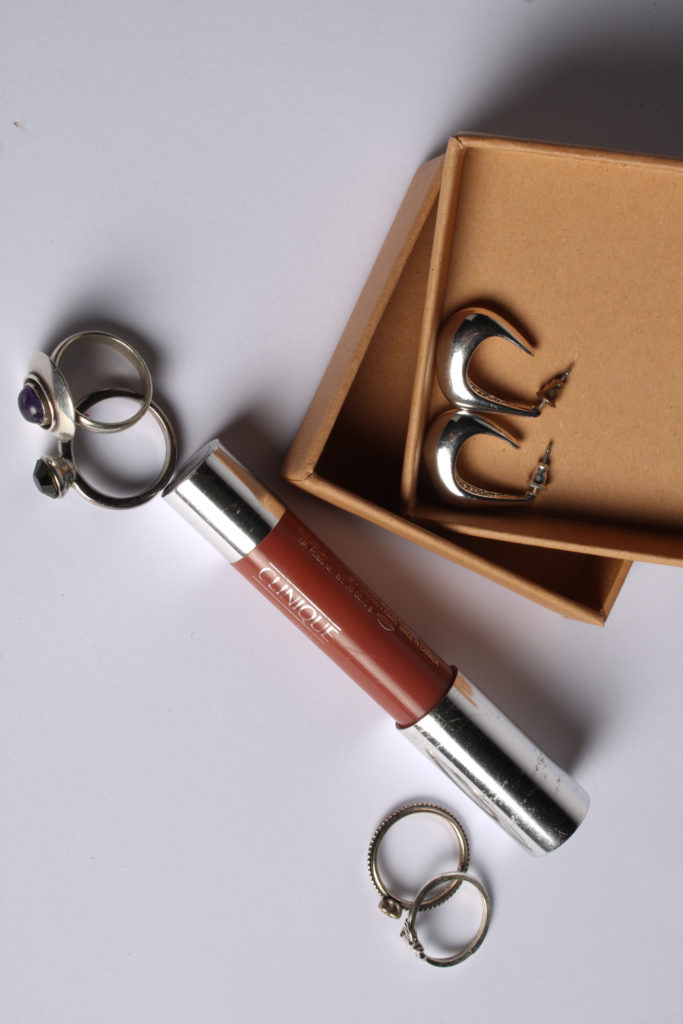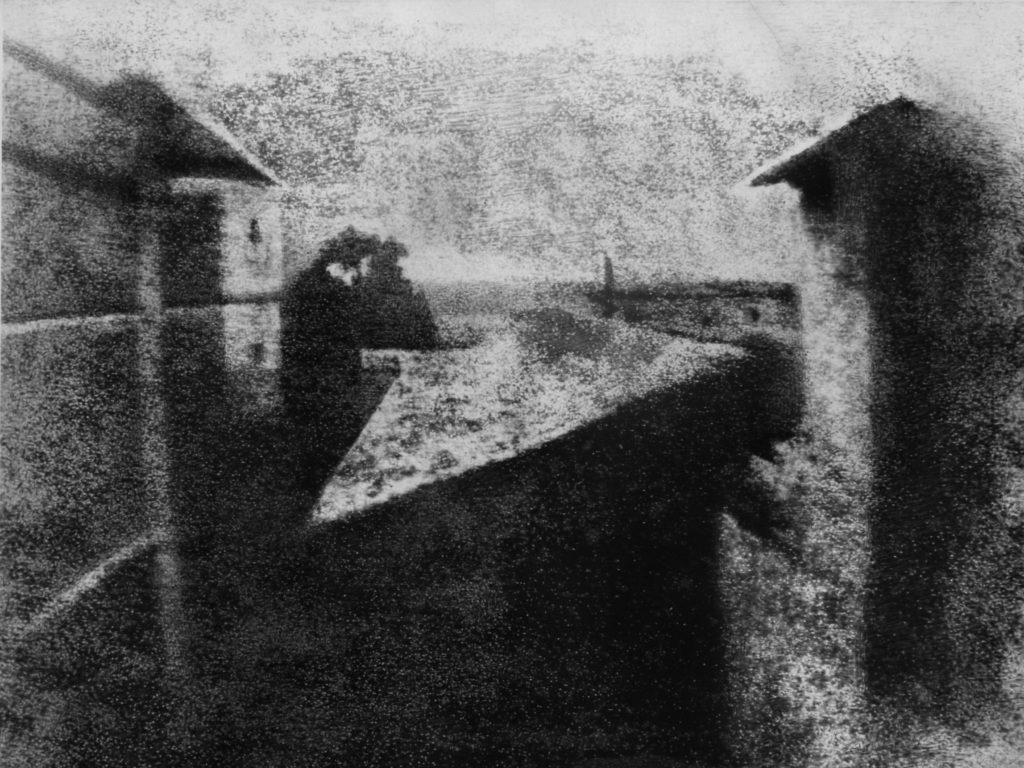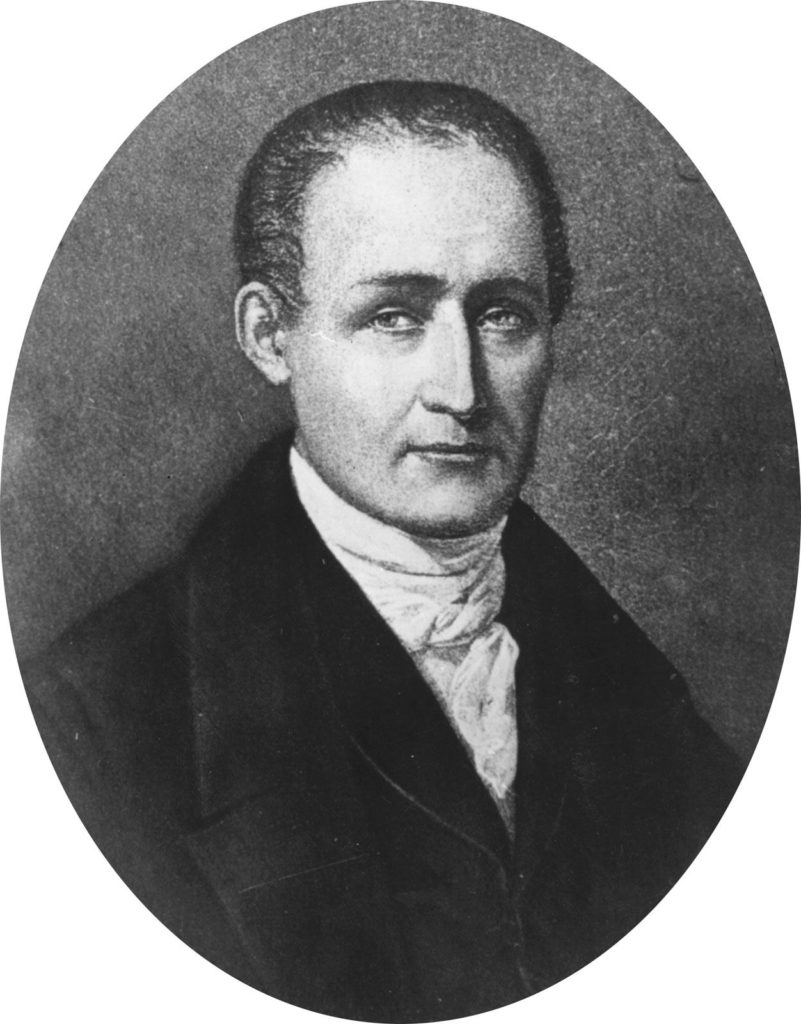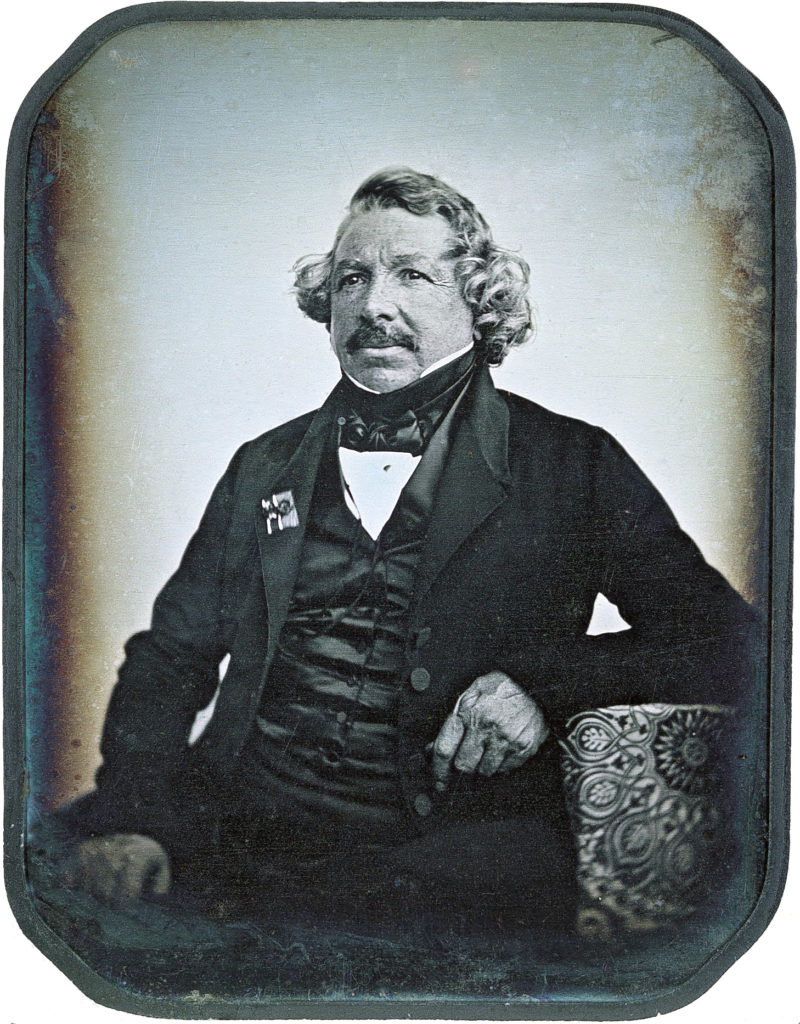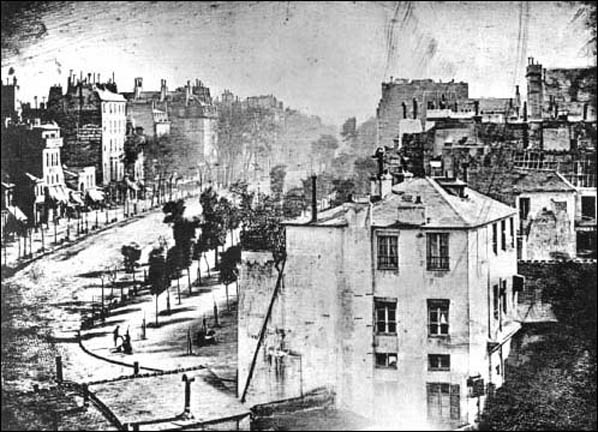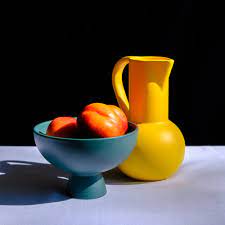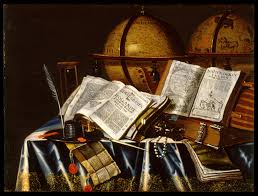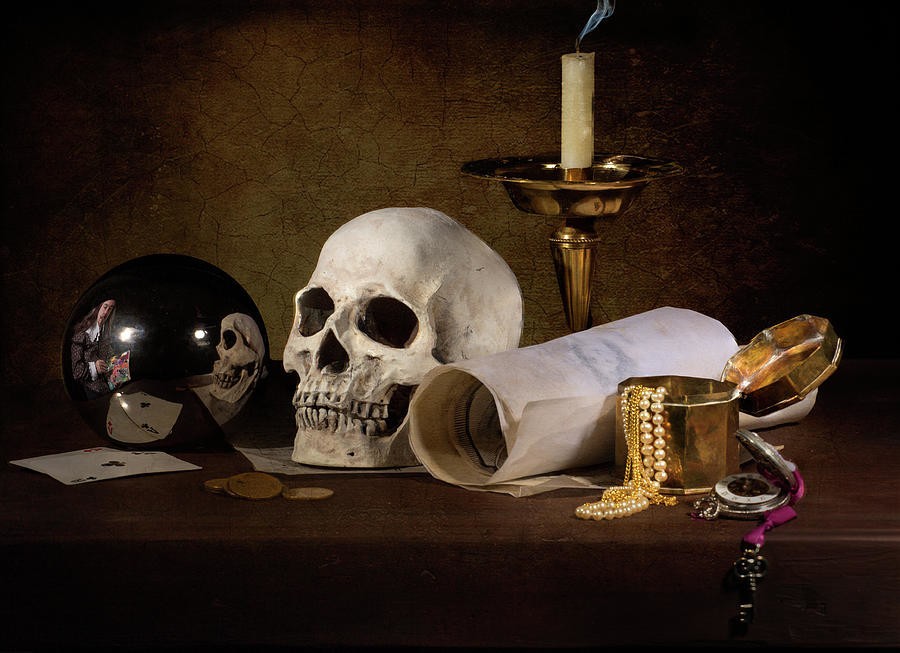All posts by Poppy Evans
Filters
PhotoMontage
- A photomontage is a collage constructed from photographs.
- Historically, the technique has been used to make political statements and gained popularity in the early 20th century (World War 1-World War 2)
- Artists such as Raoul Haussman , Hannah Hoch, John Heartfield employed cut-n-paste techniques as a form of propaganda…as did Soviet artists like Aleksander Rodchenko and El Lissitsky
- Photomontage has its roots in Dadaism…which is closely related to Surrrealism.
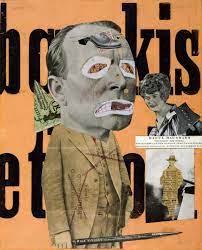
Raoul Haussman



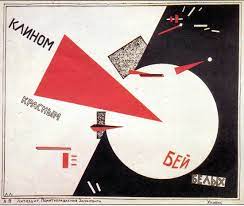
Photo montages

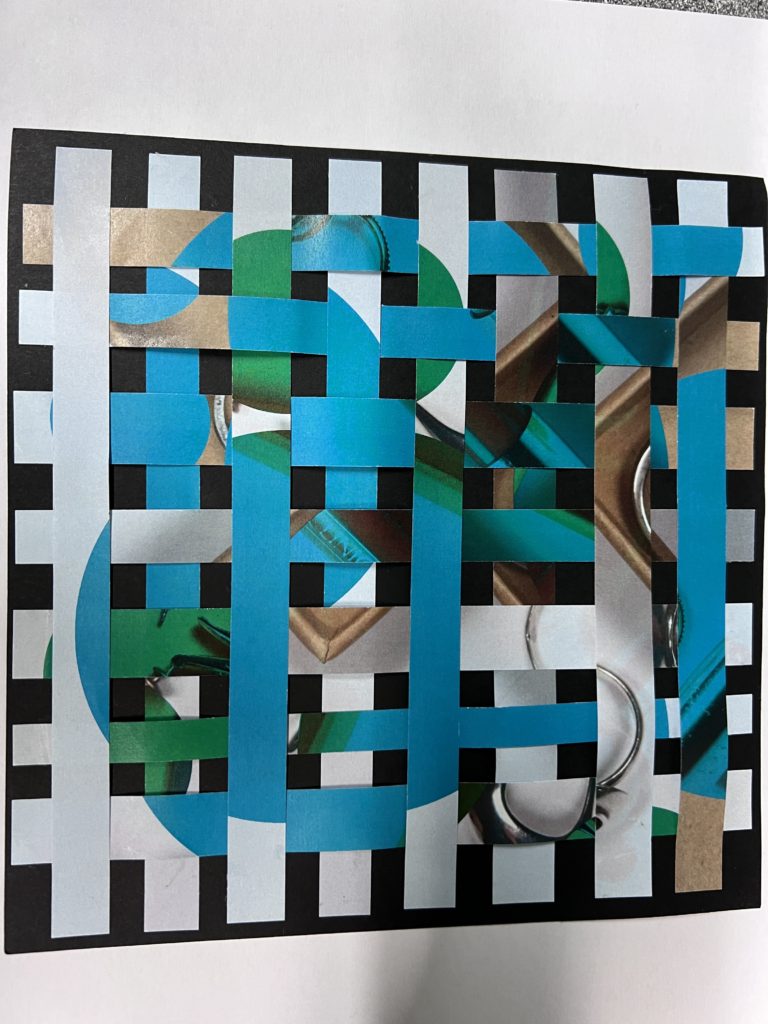
MARY ELLEN BARTLEY
What Style of Photography does she do?
Mary Ellen Bartley is known for her photographs exploring the tactile and formal qualities of the printed book, and its potential for abstraction. Bartley’s work concerns itself with geometry and pure form; painterly in style, her photos also invite curiosity about the layered histories of the books themselves. Her photos are alive with questions – about what we do and don’t see and the stories we tell. Yet the spirit of her work provides a reflective response, a respite, from a noisy and chaotic world.
HER WORK;



‘7 things again and again’
Bartley chose a set of seven common household items, and committed to photographing them each day for the thirty days of April. Her seven elements remained recognizable but were detached from their everyday function, serving instead as an exploration of form and process. Experimenting with exposure, depth of focus and subtle variations in light and shadow, Bartley transformed the quotidian objects into moments of stilled time
New Objectivity
What is New Objectivity?
The New Objectivity was a movement in German art that arose during the 1920s as a reaction against expressionism. As its name suggests, it offered a return to unsentimental reality and a focus on the objective world, as opposed to the more abstract, romantic, or idealistic tendencies of Expressionism.
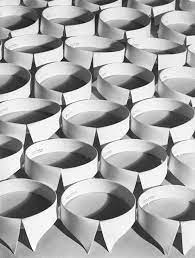
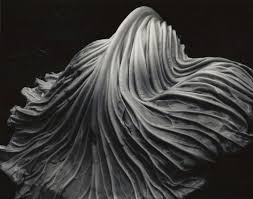
Formalism
What is Formalism?
Formalism is the Design, Composition and Lighting are dominant over Subject Matter. The photographer becomes a visual designer whenever a frame is captured. In camera cropping concentrates on the desired subject while eliminating everything else.
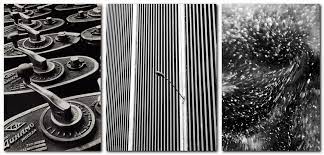
‘Photographers have to impose order, bring structure to what they photograph. It is inevitable. A photograph without structure is like a sentence without grammar—it is incomprehensible, even inconceivable.‘
– Stephen Shore
Visual Language/Elements of Photography
COLOUR – Looking for colour in an image is an important part of analysing an image. Colour can change the feel/mood of the photograph. Some questions we can ask when analysing ; Are the light and shadows more interesting than the colour? Is the colour interesting and powerful? What kind of mood does the photographer want to portray?
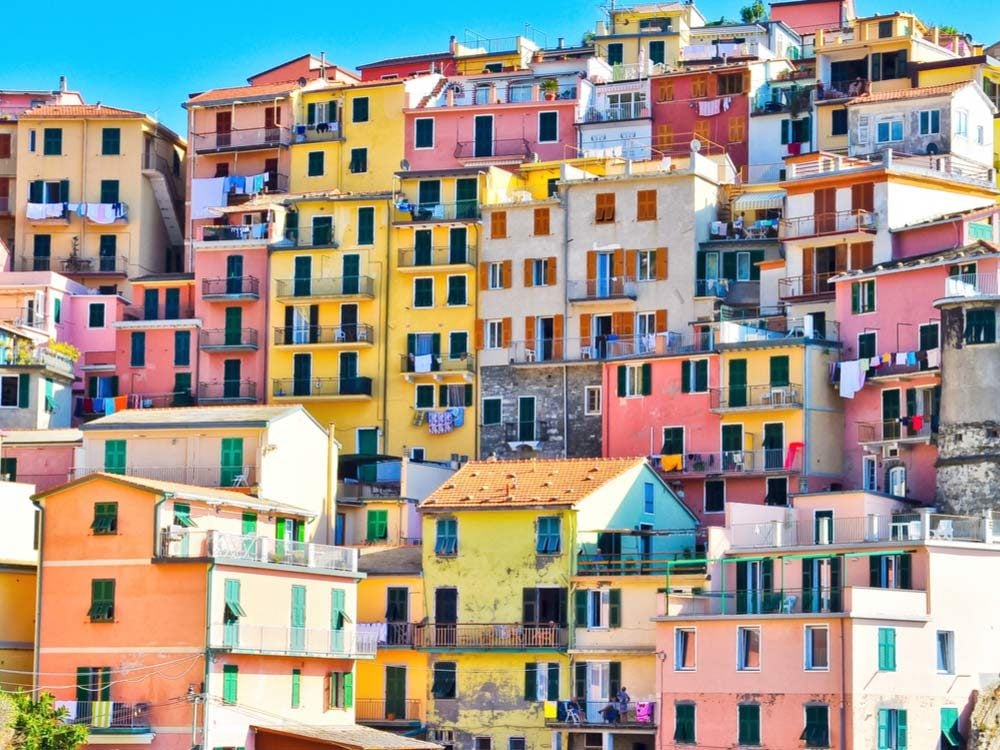
TONE – refers to the levels of brightness in the photograph. The majority of nature photographs display a wide range of tones, from black or near black to white or near white. What are the different tones in photography?

TEXTURE – is the visual depiction of variations in the colour, shape, and depth of an object’s surface. Questions to ask; How does the texture impact the photograph? When shooting texture shots What is the most important thing?
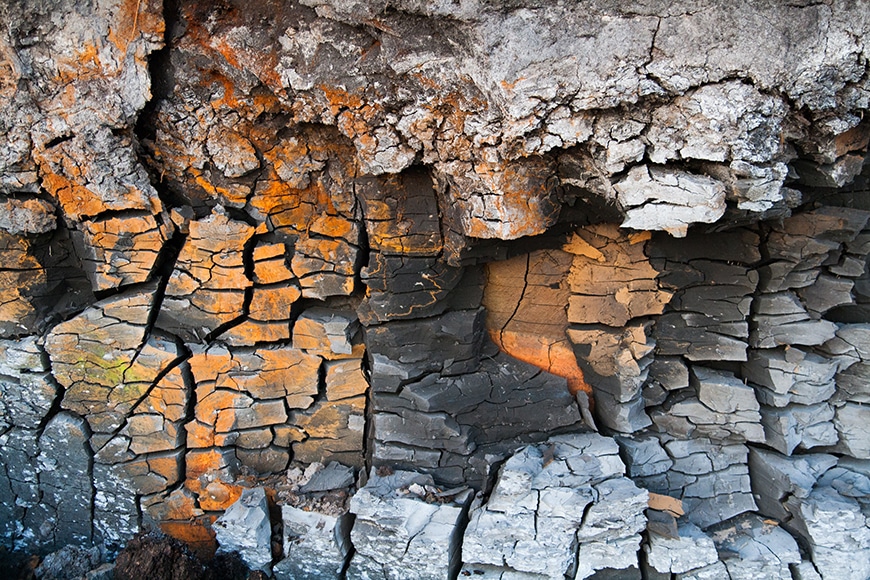
SHAPES – The two-dimensional appearance of objects as they’re captured by your camera. For instance, if you look at a photo of a ball, you’ll see its shape: a circle. They can also be use to draw emphasis to part of the frame. Shapes can create contrast between the subject and their environment. Questions to ask; What do shapes do for an image?

FORM – where light and shape collide to create images with depth and what I like to think of as touch-ability. Form makes an image lifelike, so the photo stands out, because the viewer feels that they can reach in and touch the person or object. Questions to ask; Describe the form in the photograph? How do shadows affect form?

PATTERN – regularity within a scene. It’s elements of the scene that repeat themselves in a predictable way. Pattern can be found everywhere and is commonly seen within shapes, colours or textures. Patterns are found wherever strong graphic elements repeat themselves, for example, lines, geometric shapes, forms and colours. Questions to ask; What patterns or symmetry can you see?
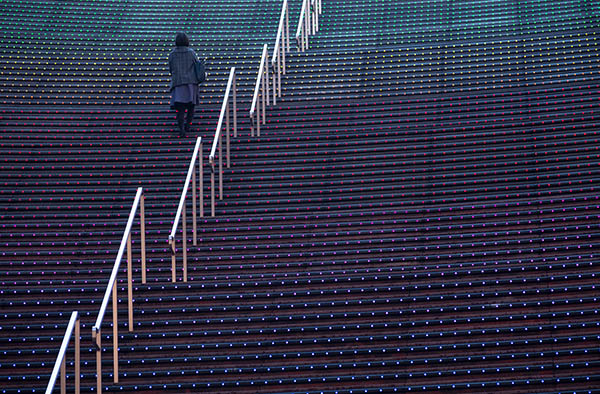
Walker Evans
Walker Evans was an American photographer and photojournalist best known for his work for the Farm Security Administration documenting the effects of the Great Depression. Much of Evans’ work from the FSA period uses the large-format, 8×10-inch view camera.

The lighting in this image is natural daylight. The light creates dark shadows, contrasting the black greys and whites. The texture in this image is created from the simplest items such as scissors and spade. The dark grey tones gives an ominous impression.
Darren Harvey-Regan
The Ravestijn Gallery presents the works of Darren Harvey-Regan, a photographer interested in the concept that photographs do not exist just to show things, but are physical things that become objects themselves. In 1955, Fortune magazine published, ‘Beauties of the Common Tool’, a portfolio by Walker Evans featuring pictures of ordinary hand-made tools, such as a ratchet wrench and a pair of scissors. Harvey-Regan first constructed a montage of Evans’s images to make new forms. He then sourced matching tools, cut them in half and re-joined various halves together, with the resulting physical objects being photographed to create his final work. The montaged tools become both beautiful and bizarre objects, in which a ratchet wrench is combined with a pair of pliers and a Mason’s trowel joined with a pair of scissors.
His images are very similar to Walker Evans, capturing the same tools on a white background, creating an abstract image.

Anaylising Formalism
We annotated Peter Fraser’s, contemporary still life photography…
In small groups we took part and analysed an image using the Photography Vocabulary Support sheet, to help us annotate using more technical word to improve our language.
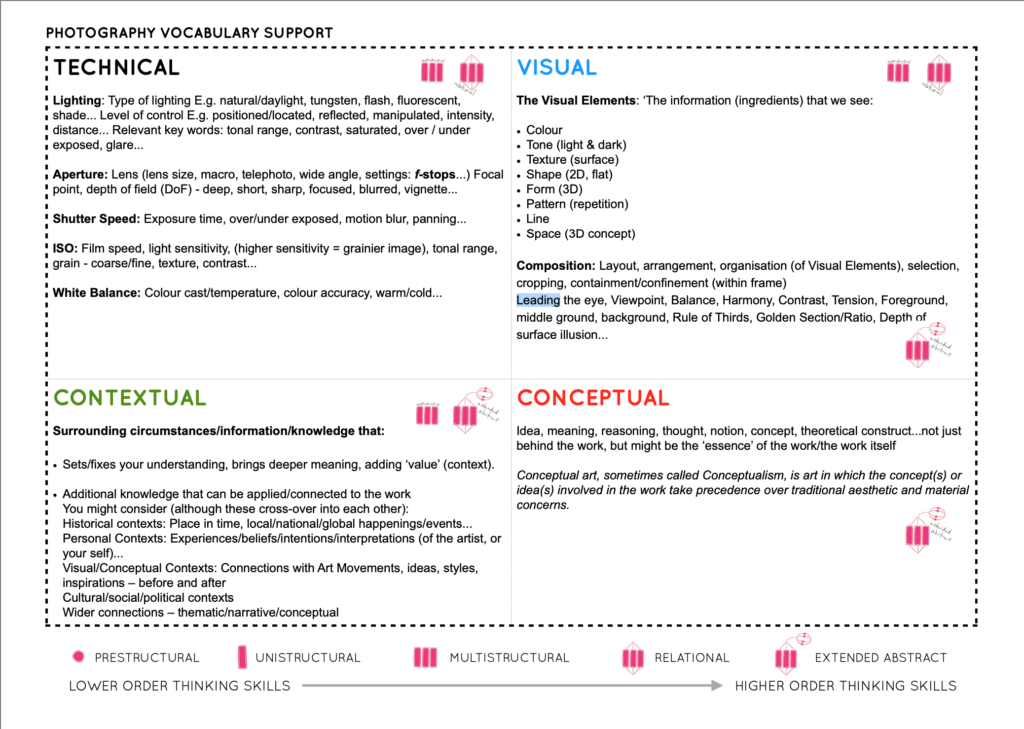
Photoshop
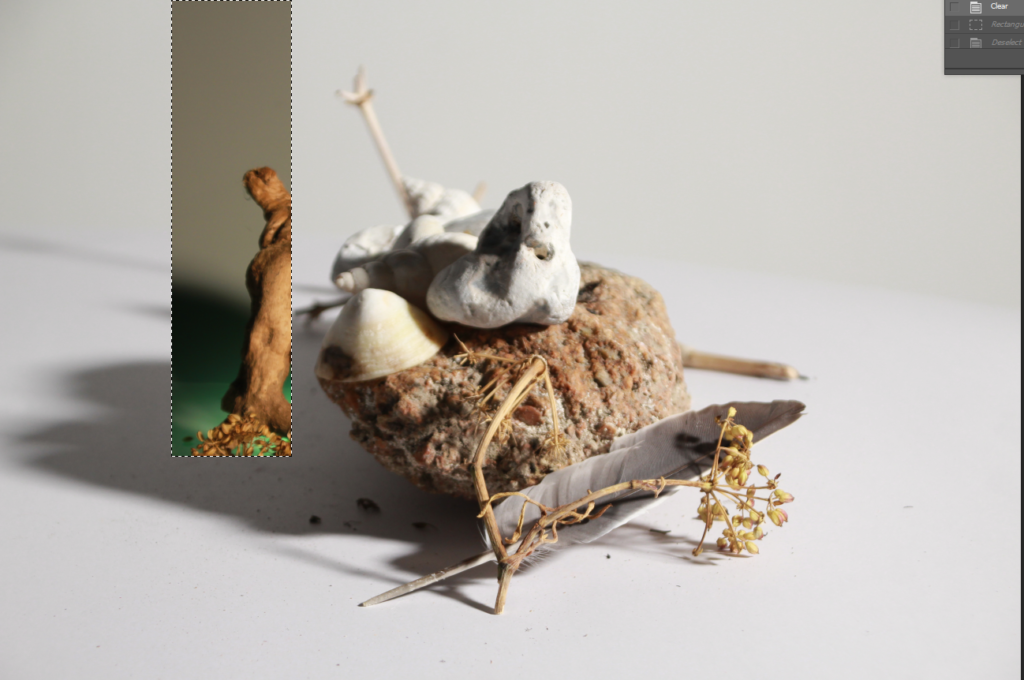
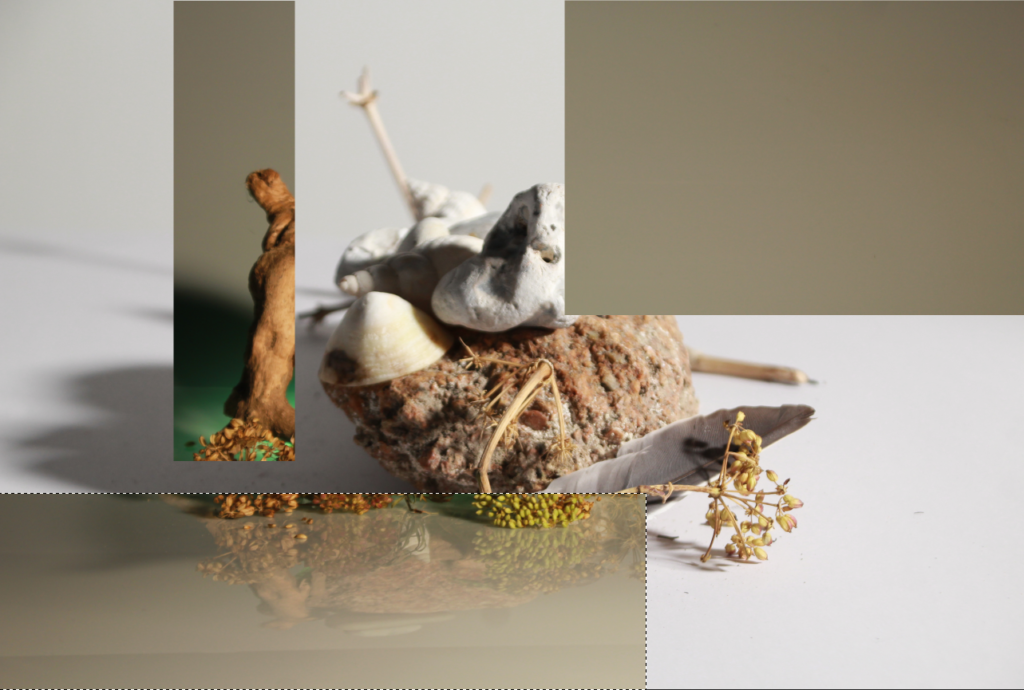
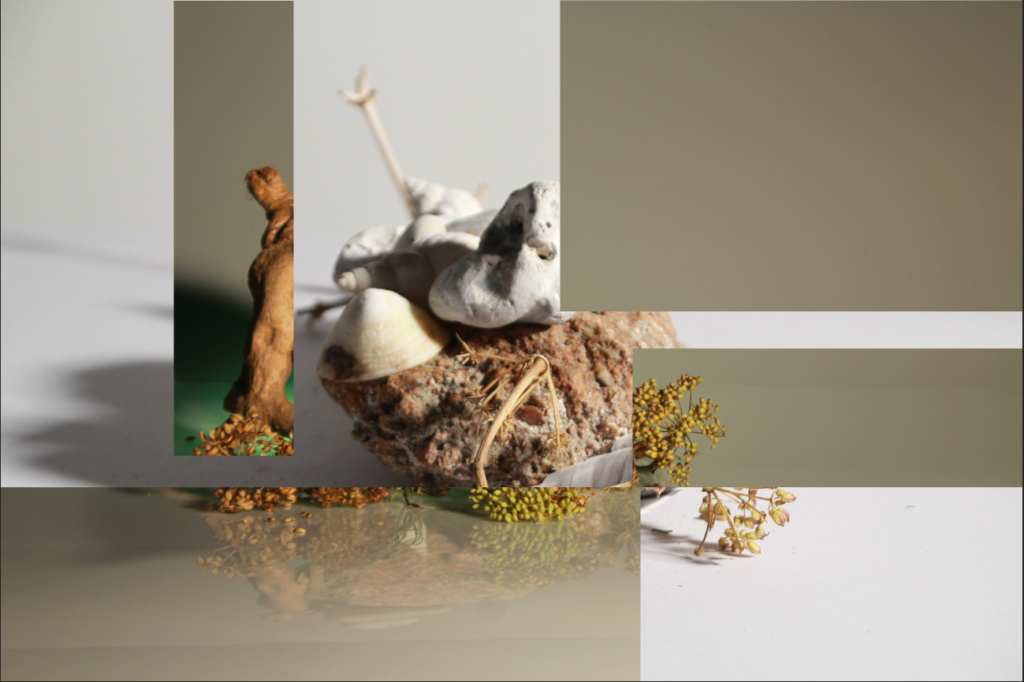
Experimenting with using the cut out tool on photoshop, using two of my images with different colours to create contrast.



Using different shapes, circles adding colour to the image. Printing my images out then creating some photomontages.
Still Life Best Images
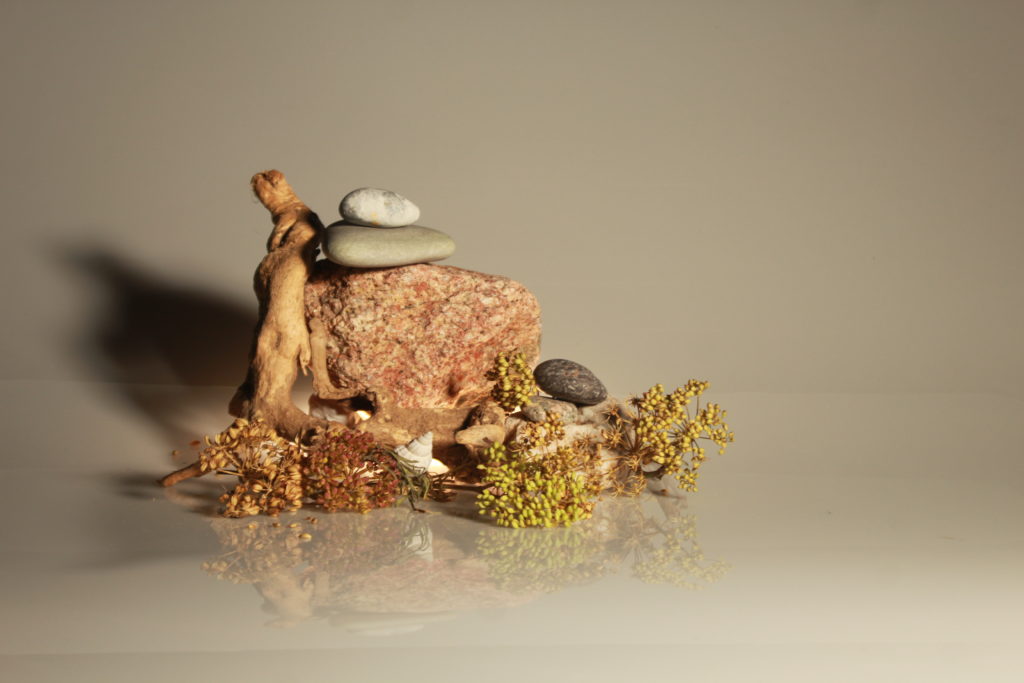
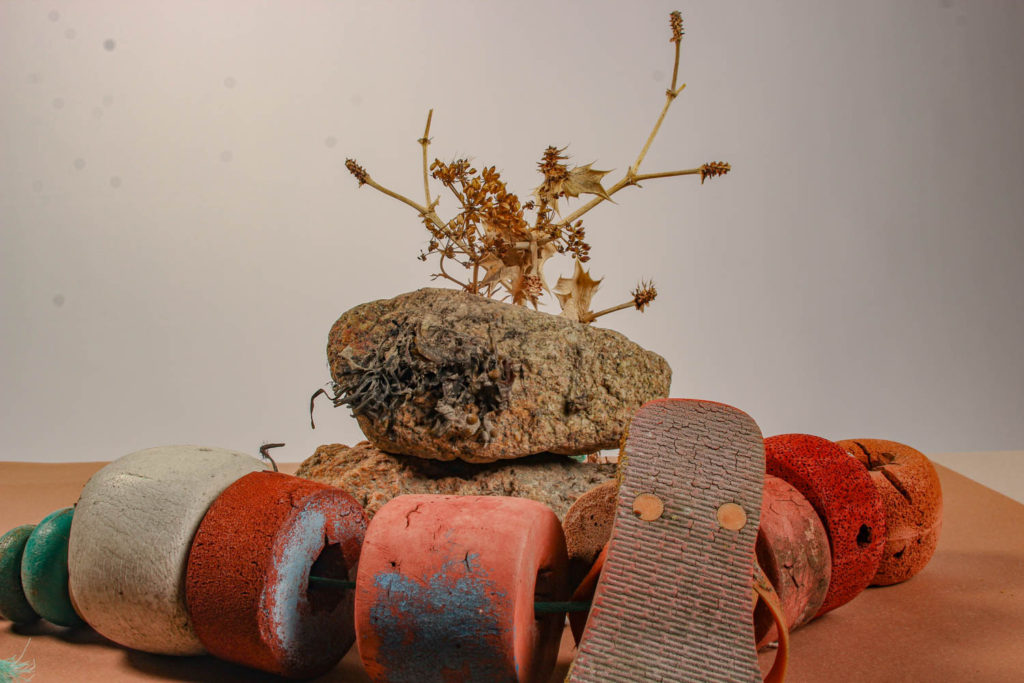
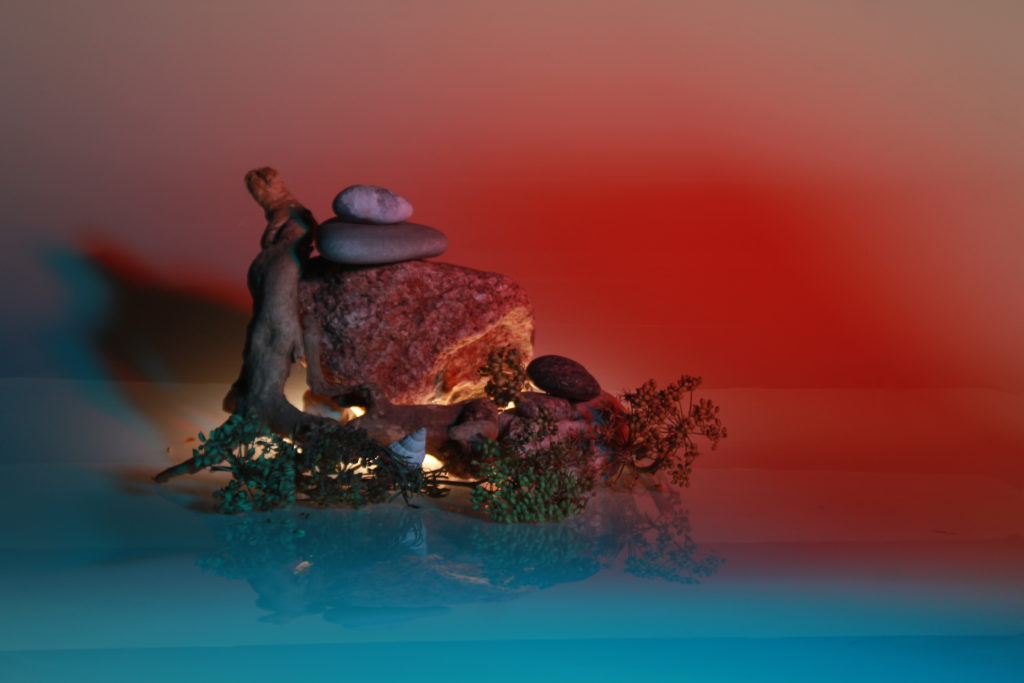
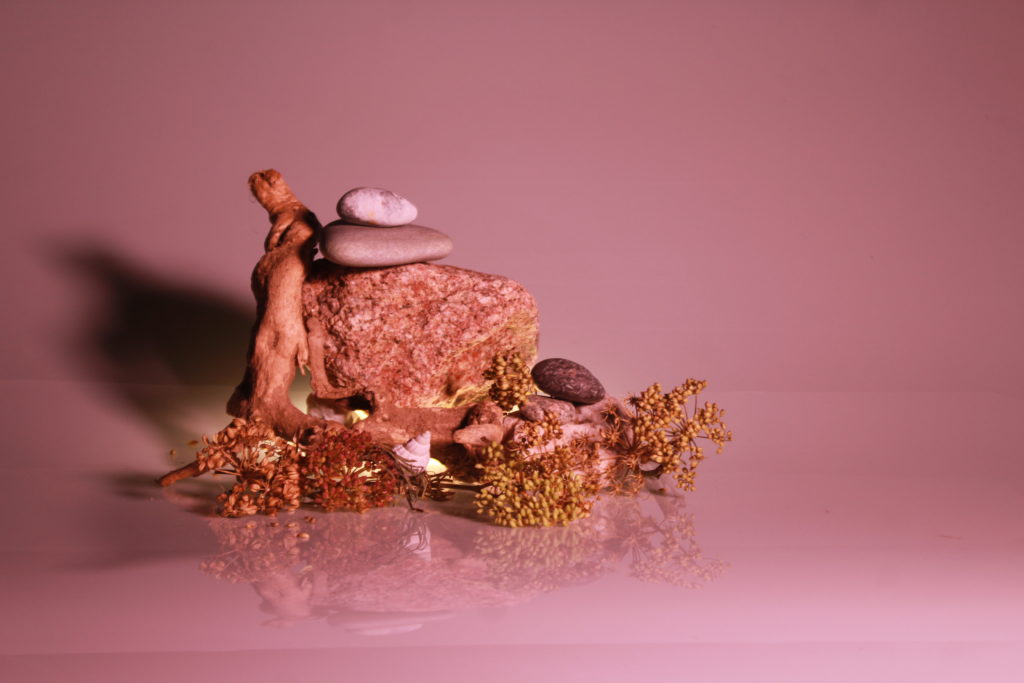
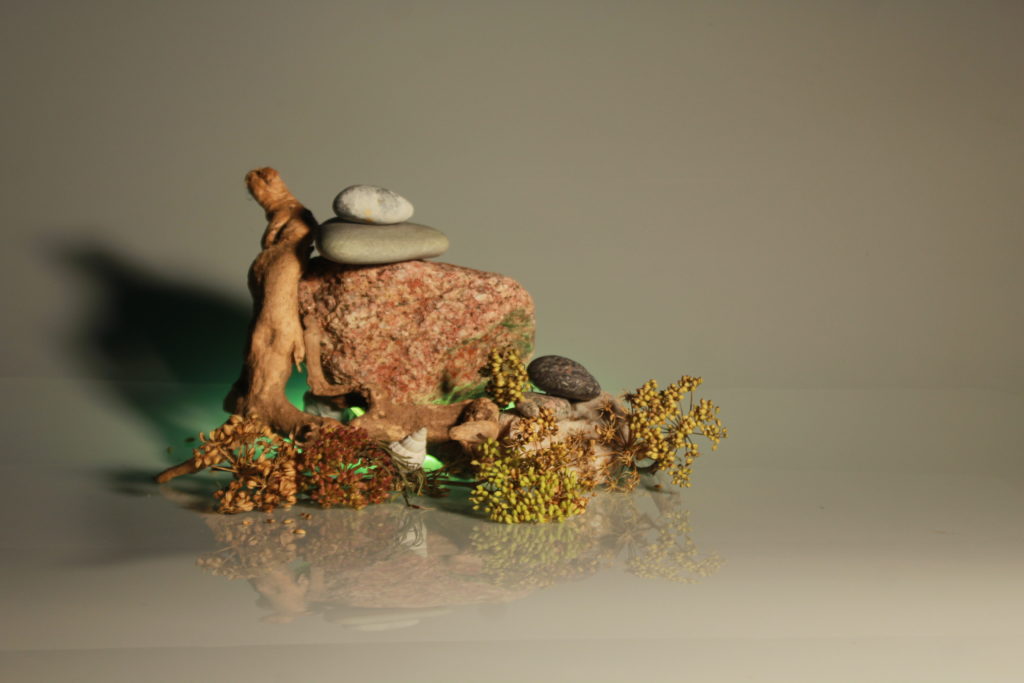
What Is Photography?
The word Photography literally means ‘drawing with light’, which derives from the Greek photo, meaning light and graph, meaning to draw. Photography can mean so many different things to people and make people feel different emotions.
Camera Obscura
A camera obscura is a dark room with a small hole in one wall. When it’s bright outside, light enters through the hole and projects an upside down image of the outside world onto the wall opposite the hole. Artists from the Renaissance onwards used a camera obscura, Latin for dark chamber, or a small hole in the wall of a darkened box that would pass light through the hole and project an upside down image of whatever was outside the box.
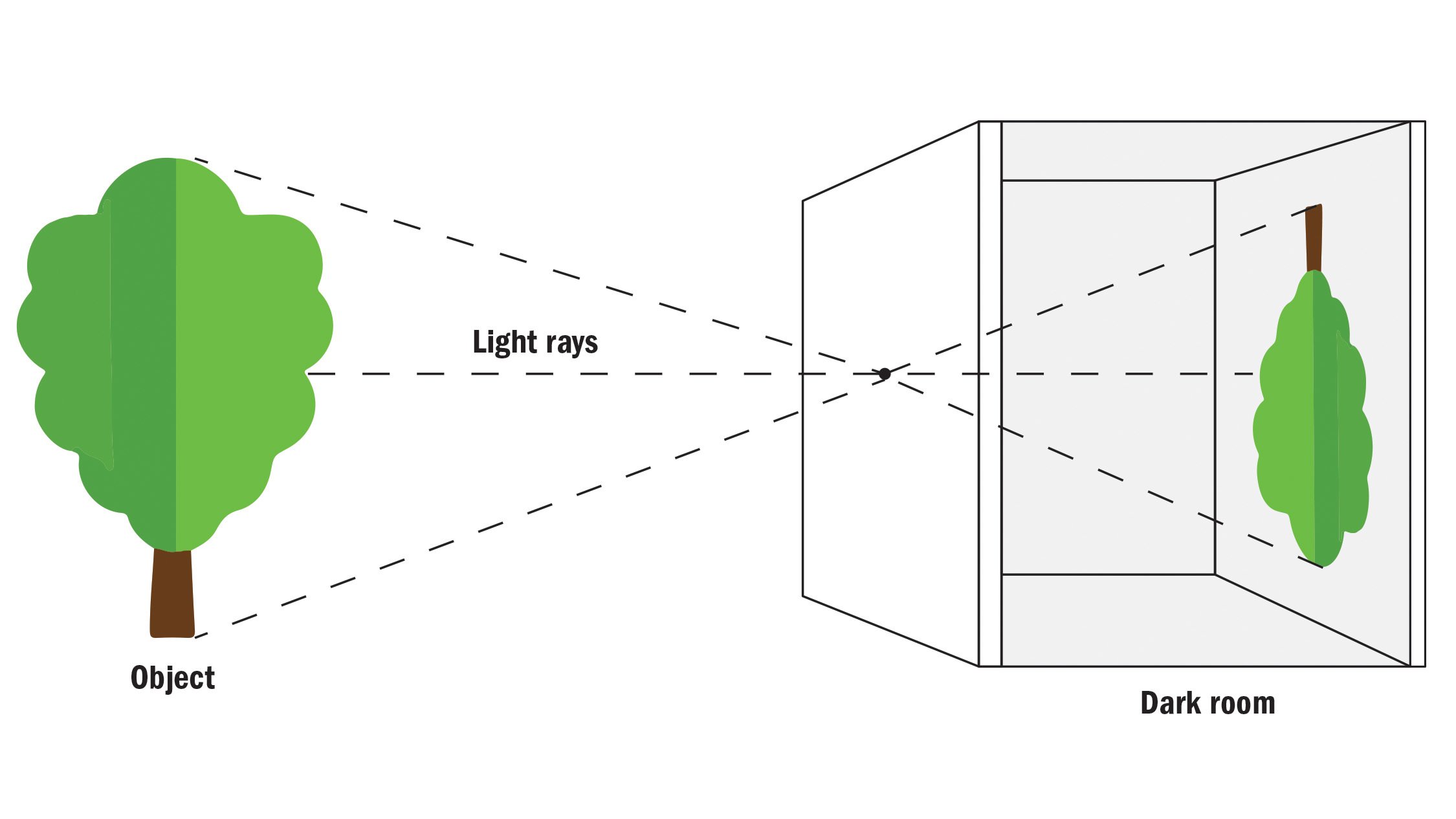

Nicephore Niepce
Joseph Nicéphore Niépce, commonly known or referred to simply as Nicéphore Niépce, was a French inventor, usually credited as the inventor of photography and a pioneer in that field. He created the first permanent photographic image in 1827.
Louis Daguerre
Louis Daguerre invented a method and called it “daguerreotype.” His method, which he disclosed to the public late in the summer of 1839, consisted of treating silver-plated copper sheets with iodine to make them sensitive to light, he would then expose them in a camera and “developing” the images with warm mercury vapor.
Daguerre took the first photograph with a living person in 1838 or 1839. It is a view of a busy street, but because of the exposure time was at least ten minutes the moving traffic left no trace. Only the two men at the bottom left corner, one apparently having his boots polished by the other. The men were in one place for long enough to be visible.
Henry Fox Talbot
William Henry Fox Talbot FRS FRSE FRAS was an English scientist, inventor, and photography pioneer who invented the salted paper and calotype processes, precursors to photographic processes of the later 19th and 20th centuries.

Richard Maddox
Richard Leach Maddox was an English photographer and physician who invented lightweight gelatine negative plates for photography in 1871.
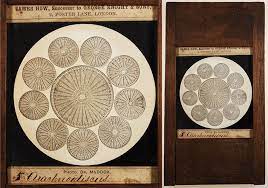
George Eastman
George Eastman was an American entrepreneur who founded the Eastman Kodak Company and helped to bring the photographic use of roll film into the mainstream.
https://en.wikipedia.org/wiki/George_Eastman
Kodak (Brownie)
The Brownie was a series of cameras made by Eastman Kodak. Released in 1900, it introduced the snapshot to the masses. It was a basic cardboard box camera with a simple convex-concave lens that took 2 1/4-inch square pictures on No. 117 roll film. It was conceived and marketed for sales of Kodak roll films.

An Eastman Kodak 2-D 8×10 can be sold in good condition for $468 in 2021. A vintage Kodak Retina II 35mm camera with leather case sold for about $220.
Film/Print Photography
Film, also called motion picture or movie, series of still photographs on film, projected in rapid succession onto a screen by means of light. There are three general types of film cameras: SLRs, compacts, and rangefinders. As a film set photographer, you work for a studio and shoot photos during the production process that can be used for marketing and other promotional activities.

https://www.youtube.com/watch?v=8rA52XzPlXk&themeRefresh=1
Digital Photography
Digital photography uses cameras containing arrays of electronic photodetectors interfaced to an analog-to-digital converter (ADC) to produce images focused by a lens, as opposed to an exposure on photographic film. There are two types of digital image files fall into one of two categories: vector or raster. Each format has advantages and disadvantages in different situations, so knowing the properties of each can help determine which format is the best choice for any project.

What is purpose of photography?
When you take a photograph and share it with others, you’re showing a moment that was frozen through a picture. This moment can tell someone many things, from the environment to what people are doing.
Leap into the void
Leap into the void is an example of where photography can be interpreted in many different ways. Viewers may feel fear but be intrigued to keep reading into the image and the story behind it. Some may believe this is a live image of what happened, but instead is a set up staged picture. Two images were taken one with men ready to catch him in tar-pooling and then he was cut out and put into empty image creating a documentary photography. It was in this mass-produced form that the artist’s seminal gesture was communicated to the public and also notably to the Vienna Activists. The photograph may have some representation of the world at the time in the 1960s.
‘photographs confuse as much as fascinate, conceal as much as reveal, distract as much as compel. They are unpredictable communicators.’
This quote relates to the image as the image confuses the audience as to why he jumping off the building but also fascinates. The image distracts but compels you to dive deeper into the story behind it. This is what makes the photograph so interesting as the viewer has so many questions, they start to research and look further into the meaning.
Still Life
What is Still Life?
Still life is a form of photography used for the description of inanimate small group of objects, in front of a camera. This genre gives the photographer more ideas in the arrangement of design elements within a composition compared to other photographic genres, such as landscape or portrait photography. The photographer has more control over the lighting and composition of the image.
Here are some examples of still life photography, in these images you can see the background of most of the images are dark creating a narrow depth of field focusing on the objects carefully arranged.
History of Still life

What is Vanitas?
A still-life painting of a 17th-century Dutch genre containing symbols of death or change as a reminder of their inevitability.
Some of the standard elements in vanitas paintings, usually reflecting wealth and death, include books, playing cards, maps, wilting flowers, fruit, goblets of wine, jewellery, hourglasses, skulls, and recently extinguished candles. The way the objects are placed create an ominous feel to the photographs.
What is Memento Mori?
Memento Mori is an object kept as a reminder of the inevitability of death, such as a skull. A basic memento mori painting would be a portrait with a skull but other symbols commonly found are hour glasses or clocks, extinguished or guttering candles, fruit, and flowers. These kinds of images are said to breath more life into our lives.
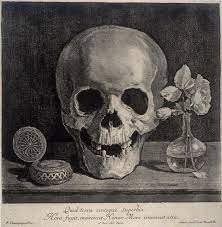
What kind of metaphors and symbols are used in still life and why?
Fruit : Varying Symbolism in still life paintings

Skulls : The Certainty of Mortality

Candles : The passing of time

Flowers : Symbols of Life and Growth

Seashells : Birth, Purity and Fertility


